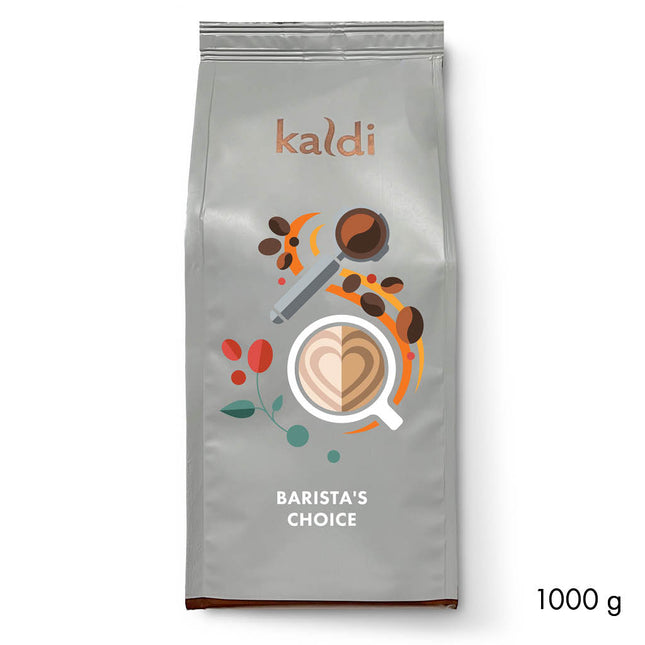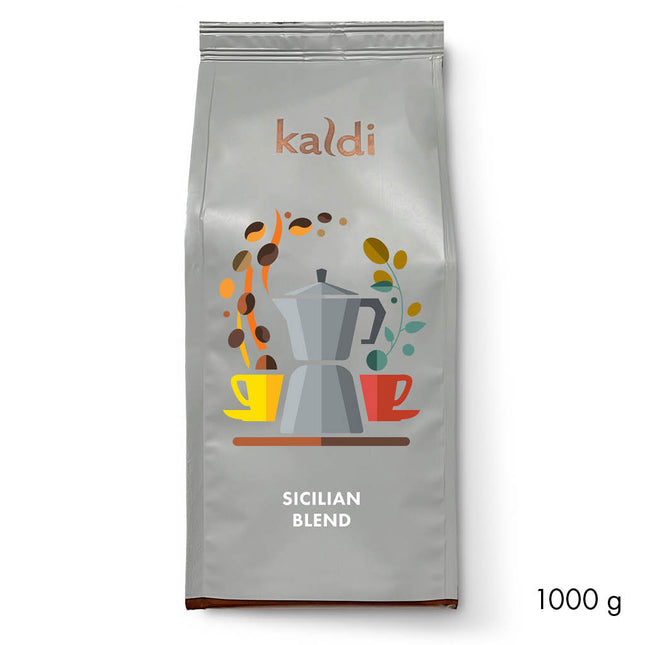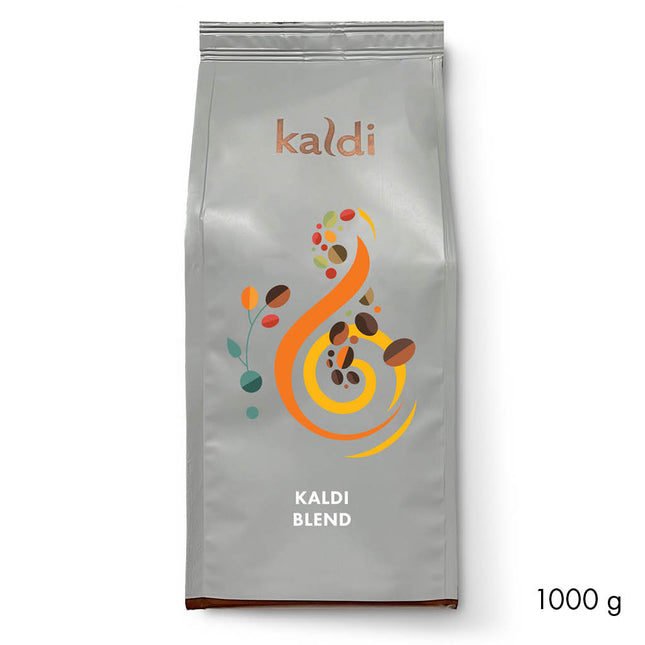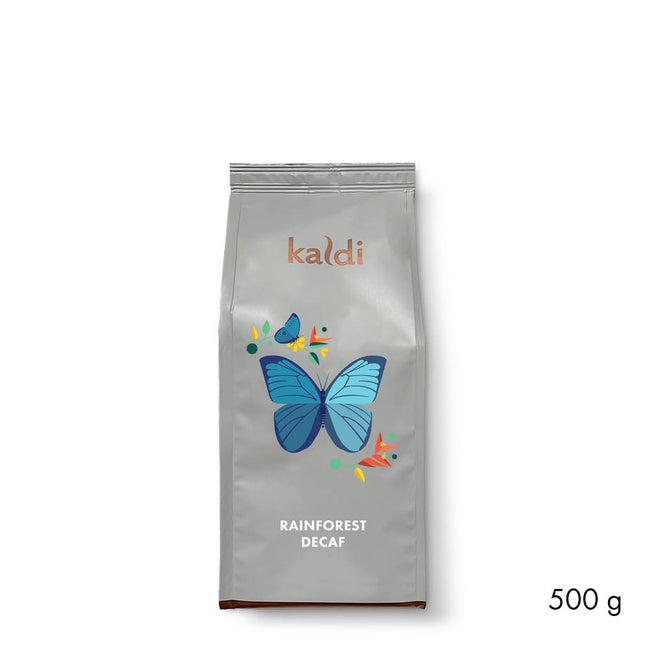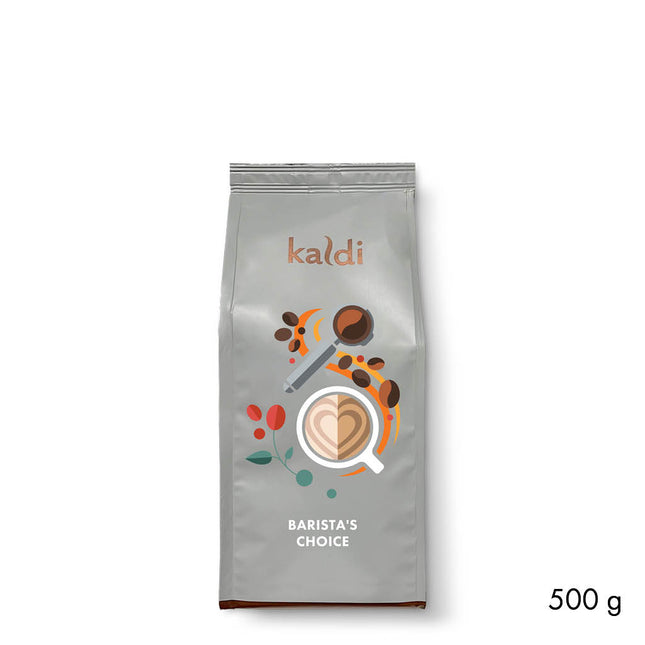

Roasting coffee
When coffee beans are roasted, their composition, color, and flavor change. The beans lose their moisture, becoming larger and lighter. Sugars caramelize, flavors develop, and the bean darkens. The longer the beans are roasted, the darker and more bitter they become.
In Ethiopia, coffee is still roasted at home in a pan today. The pan, often with perforations in the bottom, is moved over a fire to distribute the heat throughout the beans. When coffee is roasted this way, it's common for the beans to brown unevenly. The use of hollow metal vessels that rotate over a heat source has greatly improved the quality of the roasting process.
The burning process
Roasting coffee takes about twelve to twenty minutes. This time is necessary for the aromas to fully develop. Most coffee roasters use specialized software to monitor and reproduce the roasting process. It's also crucial to keep an eye on the coffee beans by looking and smelling them to ensure the best roast.
Inside the roaster's drum, the green coffee beans are heated, evaporating the moisture within. The bean then slowly changes color, from green to light yellow. The aroma changes from hay-like to that of baked bread. This is where the sugars begin to hydrolyze. This is the start of the Maillard reaction, the same process as browning a piece of meat in a frying pan. The color intensifies and the bean expands. The skin surrounding the coffee bean becomes too small and cracks. A popping sound, similar to roasting popcorn, is heard. This is called the first crack. The coffee bean is now light brown in color and has a mild aroma. When the bean is roasted for filter coffee, it is ready to be removed from the drum just after the first crack. Espresso roasting is much darker and more intense in flavor and aroma. Completely transformed coffee beans now emerge from the roasting drum. The volume of the bean has increased by about sixty percent and the weight has decreased by about twenty percent due to, among other things, the evaporation of moisture.
When coffee beans reach a certain temperature, they also radiate heat. This ensures that the beans continue to cook, even when removed from the heat source. For a home roaster, it's easier to place a frying pan on a cold surface to cool the beans than at a professional roastery that has several kilos of beans in a large drum. Here, cold air, or sometimes water, is used to cool the roasted coffee beans as quickly as possible.
Degassing
Roasted coffee beans cannot be used immediately for brewing coffee. The beans need some time to degas. The coffee roaster may choose to let the roasted coffee rest for several days before packaging. In some cases, the beans are packaged immediately, and they can lose their gas in the packaging.

